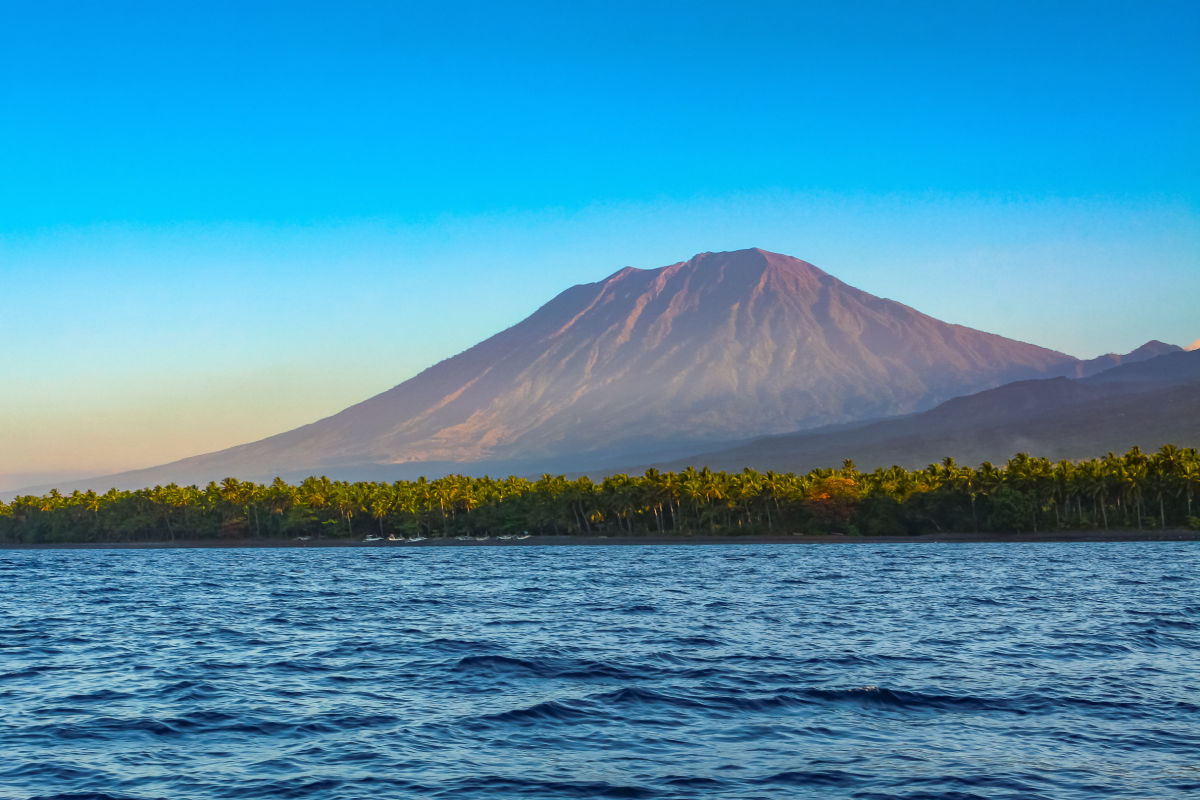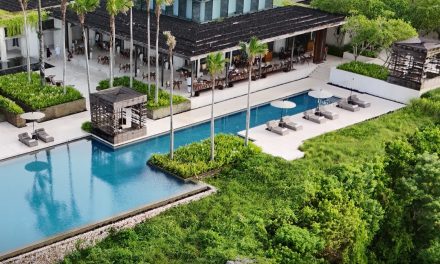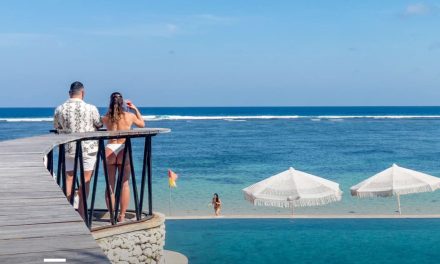The Bali Provincial Forestry and Environment Agency (KLH) has recently rolled out significant changes aimed at improving the safety of tourists eager to conquer Mount Agung. These new regulations are a direct response to the increase in climbing-related incidents, some of which have had tragic outcomes.

Why the Changes Were Necessary
In recent years, the scaling of Mount Agung has become popular among tourists and adventurers alike. However, the Bali authorities have noticed a worrying trend: numerous injuries and fatalities due to the volcano’s unpredictable weather and treacherous terrain. With news of these events circulating, the community’s outcry has prompted leaders to take definitive action to enhance climber safety.
As someone who has hiked various trails around the world, I can attest to the importance of good weather and adequate preparation. Imagine being halfway up a steep climb when the clouds suddenly darken, and rain begins to pour—you want to reach the summit, but safety must come first.
New Regulations for Climbing Mount Agung
The pivotal change comes in the form of a ban on climbing Mount Agung during extreme weather conditions. As detailed in a recent Circular Letter (SE) Number B.24.500.4.1/95/UPTD.KPHBT/DKLH of 2025, this ban is officially instituted for the safety of climbers, especially during heavy rains and storms that can jeopardize the wellbeing of those on the mountain.
Expert Advice for Climbers
I Made Rentin, the Acting Head of the Bali KLH Service, has been vocal about the importance of safety for climbers. He advises, “During bad weather, climbers should refrain from hiking the mountain. However, if the weather permits, it is essential to hire experienced local guides who are knowledgeable about the terrain and current conditions.” This practical advice echoes what many seasoned hikers know: the right preparation and guidance can make all the difference.
The Importance of Safety First
Rentin reiterated that climbers are urged to respect all regulations, including adhering to the guidance of climbing post officers and consistently monitoring weather updates from the Meteorology, Climatology, and Geophysics Agency (BMKG). “Climber safety is our primary focus,” he emphasized, a sentiment that resonates deeply with anyone who has experienced nature’s unpredictability.
Understanding the Risks Involved
The urgency for these regulations was underscored by a recent tragic incident involving a South Korean tourist, known by the initials KDO, who went missing while hiking Mount Agung. After intense search efforts, his body was discovered days later, having fallen into a ravine. He had ventured out without a guide and failed to check weather conditions, a stark reminder for all adventurers.
Guided Hiking: A Necessity, Not an Option
As with many climbs, hiring a local guide is not just a recommendation; it’s a requirement, especially for the trails of Mount Batur and Mount Agung. These routes are popular, yet they are far from simple. They present unique challenges that necessitate the skills of an experienced individual who can navigate the terrain safely in various conditions. For instance, hiking under the stars to catch a sunrise can be magical—if you’re prepared and have the right guide by your side.
Guided hikes to these stunning summits typically start around USD 30, covering breakfast and transportation, making them an affordable yet essential investment in your safety and experience.
Final Thoughts
Adhering to the new regulations is crucial for anyone planning to climb Mount Agung. By prioritizing safety and utilizing local expertise, you can enjoy a remarkable adventure while minimizing risks. Don’t forget, the beauty of Bali’s landscapes is best appreciated when you arrive safely at your destination. Always remember: Nature is breathtaking, but it demands respect.






